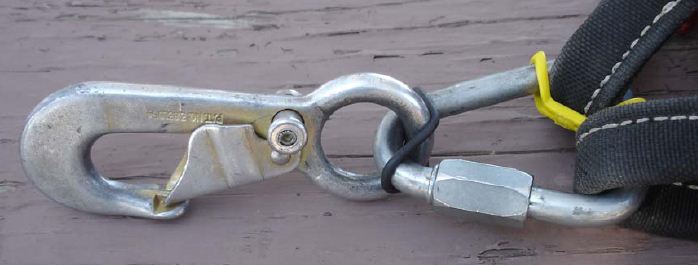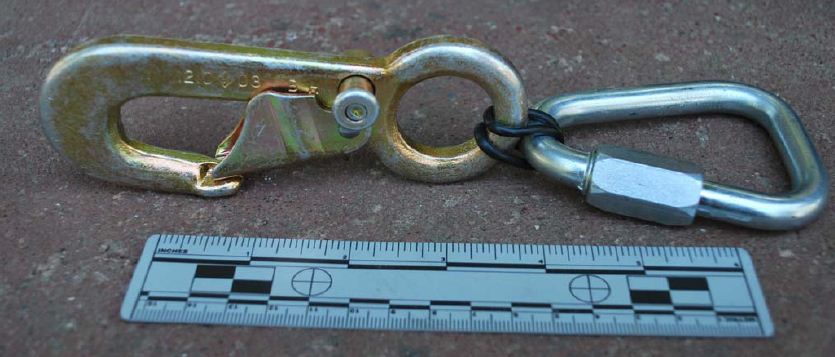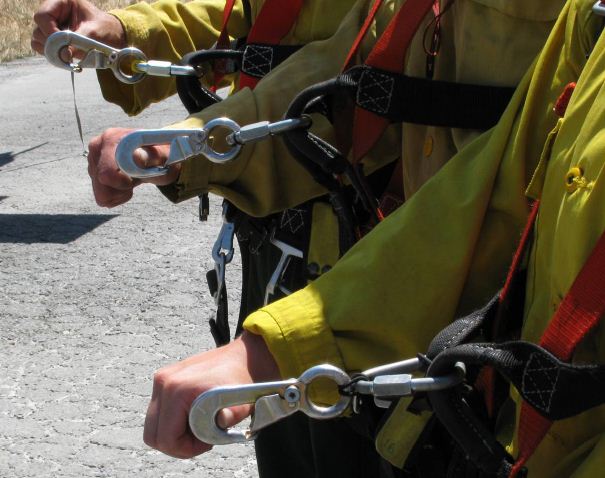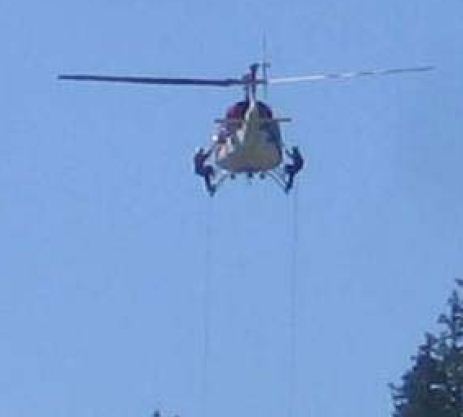UPDATE at 11:16, January 11:
The firefighter has been identified as Hugh Monroe. Here is information from CFA Connect dated January 11:
====================
Tolmie & District Rural Fire Brigade member Hugh Monroe died yesterday after the tanker he was driving was involved in an accident on the way to an incident in Victoria’s North East. The accident happened about 14 kilometres from Tatong.
Mr Monroe, 62, had been a volunteer for nearly 11 years and was a much loved member of both his brigade and community. A dedicated firefighter and brigade 3rd Lieutenant, he was involved in the 2006 campaign through Victoria’s high country and the Black Saturday fires last year.
=====================
(The original article:)
A firefighter was killed and four others were injured when their fire truck rolled over while they were responding to a grass fire at Lake Mokoan near Benalla in northeast Victoria, Australia. (map)
Here is information from the Brisbane Times:
=============
A 62-year-old volunteer firefighter was protecting his community in northeastern Victoria when he died in a tanker rollover that injured four of his brigade mates.
The man was travelling to put out a blaze ahead of extreme fire weather when he was killed at Tatong in northeast Victoria on Sunday.
Three men and a woman were also injured in the rollover, two suffering serious injuries.
Country Fire Authority (CFA) chief fire officer Russell Rees said the man, from nearby Tolmie, was one of five firefighters travelling to a fire at Lake Mokoan, near Benalla, when tragedy struck.
“One of our members tragically died and our condolences go to the family and the broader CFA family,” Mr Rees said.
“This is a sad event, it reinforces once again the dedication and commitment of our people across the emergency services, but particularly the volunteers who get up out of bed while you and I are slumbering away on a Sunday morning and go and do work for their community.”
The single vehicle accident occurred on the Spring Creek Road at Tatong, north of Mansfield, about 6.30am (AEDT).
The 62-year-old firefighter, believed to be the driver, was trapped inside the tanker and died at the scene.
Two men were flown to Melbourne hospitals in a serious condition and a man and a woman were transported by road ambulance to the Goulburn Valley Hospital in Shepparton.
Acting Premier Rob Hulls said his thoughts went out to the family of the deceased and those injured.
“I think it really reinforces that CFA volunteers put their life on the line and this is certainly very clear by what occurred today,” he said.
“A volunteer going to Lake Mokoan fire to further blacken out particular areas has tragically lost his life, really trying to protect (the) lives of others.”
It’s believed two of the injured firefighters went to a nearby house to raise the alarm and a doctor and an off-duty policeman were the first on the scene.
A man, aged about 42, was flown to the Royal Melbourne Hospital with spinal and chest injuries.
Another man, aged 52, was flown to The Alfred hospital with neck, back and head injuries.
A woman suffering chest and abdominal injuries and a man with head lacerations were taken to Shepparton.




